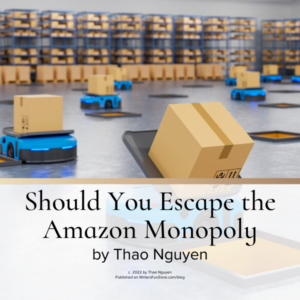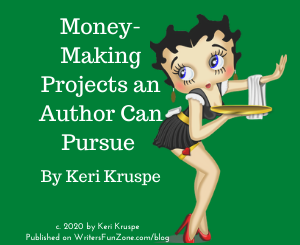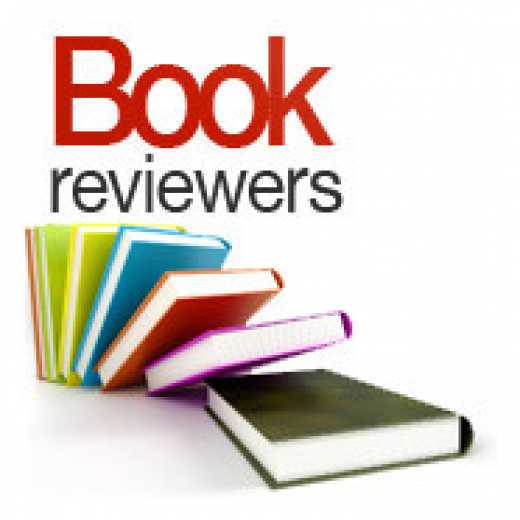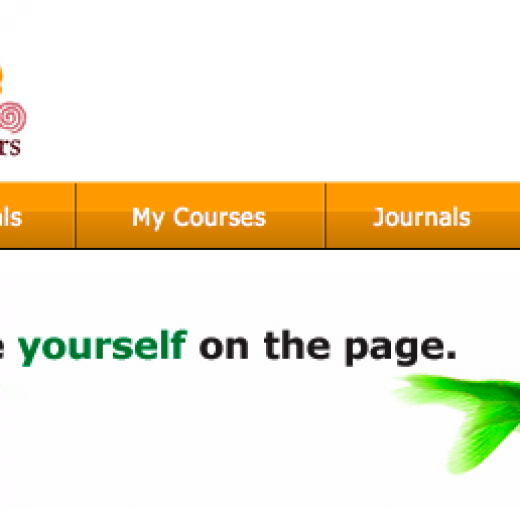Should You Escape the Amazon Monopoly: the Pros and Cons of the Retail Giant by Thao Nguyen
 Let’s welcome back monthly columnist Thao Nguyen as she shares with us “Should You Escape the Amazon Monopoly: the Pros and Cons of the Retail Giant.” Enjoy!
Let’s welcome back monthly columnist Thao Nguyen as she shares with us “Should You Escape the Amazon Monopoly: the Pros and Cons of the Retail Giant.” Enjoy!
***
If you’ve been keeping up with industry news, you’ll know that the publishing industry has long been threatened by the looming spectre of monopolistic growth.
The whole fiasco with Penguin Random House’s acquisition of Simon & Schuster is only the latest drama in the traditional publishing sector; for self-publishers and independent bookstores, the fight against Amazon’s encroaching presence is much more extensive.
Many have taken these issues to court, but should you as an individual author evade Amazon’s dominance?
Let’s look at what Amazon offers authors, as well as some of the options you have for self-publishing without the help of this commercial giant.
Pro: KDP is convenient and easy to use
Kindle Direct Publishing — often referred to as KDP — is Amazon’s ebook publishing platform. It is known for being one of the easiest platforms of its kind to use. All you need to do once you’ve finished proofreading and typesetting your book is export it into an EPUB file, upload it to KDP, and fill in information about the blurb, keywords, etc. You can choose to publish only ebooks, or you can use KDP Print and get print copies, too.
If you’re creating a novel or a regular nonfiction book, and you want to focus on ebook distribution, this is a convenient and quality option. The fees are relatively low, and you get 70% of royalties if your price falls between $2.99 and $9.99.
Other ebook platforms like Kobo, Barnes & Nobles, and Google Play are fairly similar in terms of cost and royalties, but in terms of competitive rates and sheer convenience, you could do far worse than Amazon.
Con: Amazon isn’t the best option for certain print books
On the other hand, if you’re producing books in print, and especially if your book has specific dimensions and print requirements — as with picture books, photography books, or cookbooks — there are definitely better options out there.
Blurb, for instance, is great for image-based, color books. Like with Amazon, they offer to print your book on demand, so you don’t have to bulk print and pay the overhead cost before you sell anything.
In other words, while KDP should be fine if you’re not doing anything too wild, if you’re looking to produce a slightly more specialist print book, Amazon may not be the best choice.
Pro: Amazon is a big ebook distributor in the US
Other than its convenience in production, the reason that Amazon is so commonly used by authors is because of its massive distribution network.
Experts estimate that Amazon dominates around 50% of print book distribution in the US, and at least 70% of ebook distribution. Publishing with KDP means that you automatically get access to all the readers that Amazon can reach.
Moreover, Amazon also offers authors the KDP Select program, under which you agree to sell your books exclusively through Amazon in return for some perks.
Going with KDP Select allows you to list your book on Kindle Unlimited (KU), a subscription service that lets readers pick up however many books they want from KU’s library for $9.99 a month (pretty much a “Netflix for books”).
Titles produced by Big 5 publishers don’t often end up on KDP Select, as they’re usually distributed across multiple channels. But self-published books are a little easier to find here — it exposes the book to a good amount of readers, and authors are paid per page read.
That being said, Amazon is not the only choice you have if you want wide distribution.
Aggregators like Draft2Digital, Smashwords, Streetlib, and XinXii can help you reach audiences that Amazon wouldn’t be able to, especially ones outside of North America, in Europe and Latin America.
Con: Limited access to independent stores and libraries
If you want to see your book in brick-and-mortar stores — especially independent ones — KDP is not the way to go.
Amazon is, after all, indie stores’ greatest competitor; its long history of underpricing books has been forcing independent bookstores out of the market.
The fact that Amazon takes up so much of the market share also means that they have a lot of say in the pricing of things — for instance, authors have no say whatsoever of their audiobooks when published on Audible.
This is the main reason why booksellers are usually averse to Amazon-related credentials.
As such, if being distributed via and supporting independent bookstores is a big goal of yours (and if you’ve done the research and know that there is a market for your book at indie stores), you’re better off using another print service, to prevent storeowners being turned off.
Similarly, if you want to get your book into libraries, especially if it’s an ebook, then Amazon might prove to be a challenge.
Since Kindle Unlimited functions almost like a library, Amazon will prefer to keep its books exclusive to the KU catalogue rather than making them available in actual libraries. As a result, restrictions have been imposed by Amazon on libraries buying KDP ebooks to share with their community.
This decision prevents many readers who can’t afford to buy books from accessing them.
If you’re a library lover, Amazon’s monopolistic policies seem unacceptable. Library ebooks have also been increasingly popular since the start of the Covid-19 pandemic — meaning they’re becoming a more important segment to think about.
As a self-publisher, you’ll have to balance both distribution channels to see which one suits your needs and vision the most.
These are just a couple of pros and cons for you to ponder as you go on with your publishing journey.
There isn’t a universal right way to do things — it all depends on your goals, your audience, and perhaps even your own experiences with certain platforms.
What matters most is doing your personal research, and sticking to one strategy for your book, since it can be quite costly to set things up all over again if you change your mind.
Regardless of what you choose, I wish you the best of luck!
***
Want to read more articles like this one Writer’s Fun Zone? Subscribe here.
***
ABOUT THE AUTHOR
 Thao Nguyen writes about history, diasporic experiences, and writing. You can find her work in Literally Stories, Anak Sastra, or on Twitter @thao__to
Thao Nguyen writes about history, diasporic experiences, and writing. You can find her work in Literally Stories, Anak Sastra, or on Twitter @thao__to
***
OTHER WFZ RESOURCES
https://writersfunzone.com/blog/2012/08/15/ban-indie-bookstores-before-you-ban-amazon
https://writersfunzone.com/blog/2012/02/22/how-kdp-select-will-make-you-an-amazon-bestseller







Really nice overview! Thanks, Thao!